Jan Haseler led a walk to BBOWT’s Hartslock reserve on Wednesday 24 May, on a warm sunny morning with a cloudless blue sky. Starting from the south-east end of Manor Road in Goring, the route started out along a footpath which led down to the River Thames. Tall Hemlock plants were growing in the adjacent hedge, a Holly Blue butterfly patrolled along the hedge line and singing birds included Skylark, Blackcap, Whitethroat and Greenfinch. The route continued south-eastwards along the Thames Path, which for this stretch ran along the river bank. It then went through a small meadow which is being managed as a nature reserve. Flowers here included Ragged-robin, Comfrey and Meadow Crane’s-bill, Orange-tip butterflies were on the wing, Banded Demoiselles perched on the vegetation and a male Yellowhammer was seen briefly. After passing below a railway bridge, the path continued along a stretch where Yellow Iris grew beside the water’s edge and Swallows were seen over the adjacent field. Leaving the Thames Path, a very steep footpath climbed up to the lower field of the Hartslock reserve. Flowers included Salad Burnet, Early Forget-me-not, Common Milkwort, Mouse-ear Hawkweed, Twayblade and the first of the Monkey Orchids. A narrow path climbed up through a band of scrub and into the bottom of the top orchid field. On the left of the slope, an area covered by a swarm of the hybrids between Lady Orchid and Monkey Orchid was taped off to protect the plants from trampling. The hybrids were significantly bigger than the parent plants and showed a wide range of characteristics. No pure Lady Orchids were seen, but there were a small number of what appeared to be pure Monkey Orchids. On the other side of the path, flowers included Horseshoe Vetch, Chalk Milkwort, Fairy Flax, Ox-eye Daisy, Common Rock-rose and Quaking Grass, and butterflies included Green Hairstreak, Dingy Skipper, Small Heath and Red Admiral.
The walk continued up the steep slope to the gate at the top, and into the adjoining field where the next target species was the nationally endangered Slender Bedstraw. On the pre-walk, Sally Rankin, the Oxfordshire Flora Guardian for Slender Bedstraw, had found a cluster of the plants close to the fence. The group were less successful. Instead they crossed the field to an isolated Beech tree, then hunted for another patch nearby for which they had a 10-digit GPS reference. This time, a sharp-eyed member of the group spotted the tiny plants with their characteristic almost needle-like leaves. A Grizzled Skipper butterfly was seen, there were a number of male Common Blues and a pair of Brimstones flew past in their mating flight, with the pale female above and the yellow male beneath. The route then led down to an isolated post which marks the area where Pasqueflowers had been planted. One plant was still in flower, but the others just had fluffy seed-heads. Another plant which Sally had found nearby on the pre-walk was Bastard-toadflax. Once again, the group searched unsuccessfully. There were big patches of flowering Common Rock-rose, plus Clustered Bellflower, Yellow Rattle, leaves of Yellow-wort and Dwarf Thistle and last year’s seed heads of Carline Thistle. After climbing back to the top of the field, there was a brief but successful hunt for flowering White Helleborine in the top of the adjoining Beech wood. The group then walked back down through the orchid field and the lower field and retraced their footsteps along the Thames Path, before turning off towards Gatehampton Manor. A number of Spindle bushes in the hedge had webs of the Spindle Ermine moth. The caterpillars could be seen inside the webs. The final part of the walk followed a footpath back across the fields to the end of Manor Road, with Comma and Speckled Wood added to the butterfly tally. Most of the group then went to the Bull at Streatley for lunch.
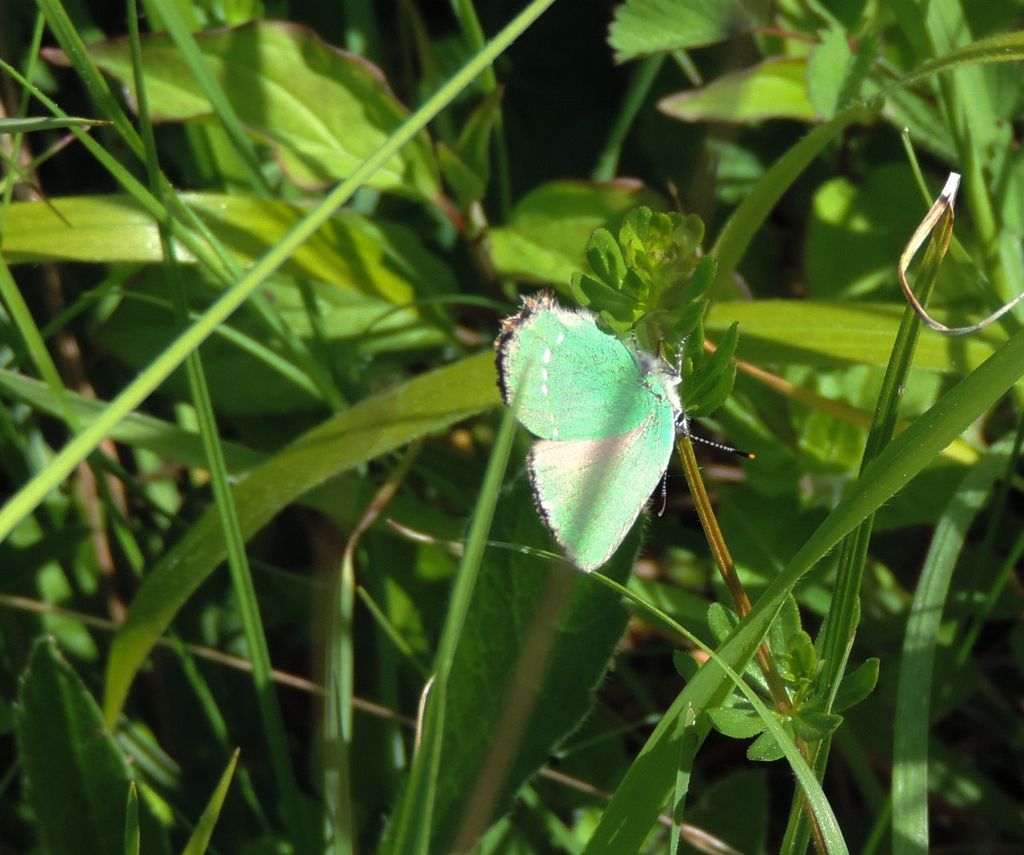
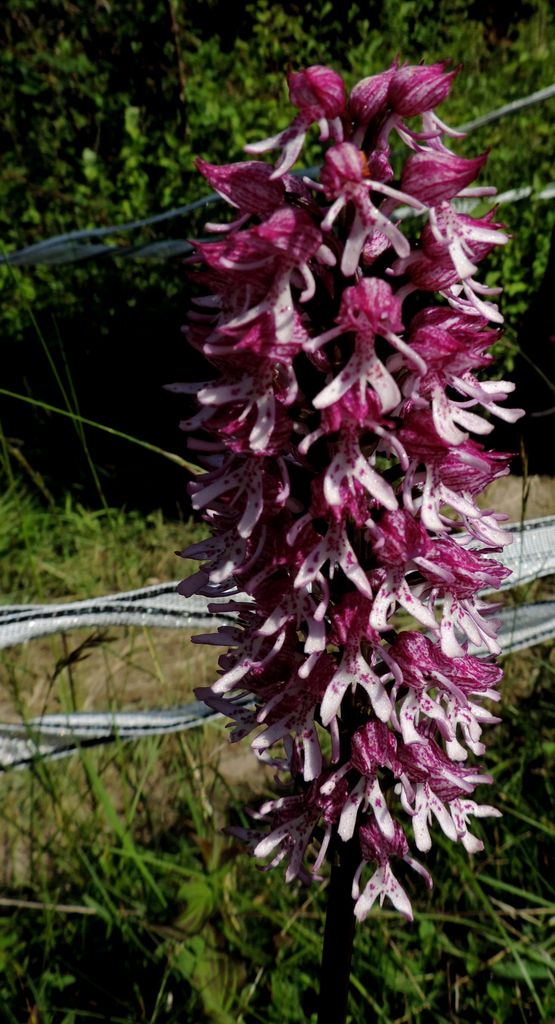

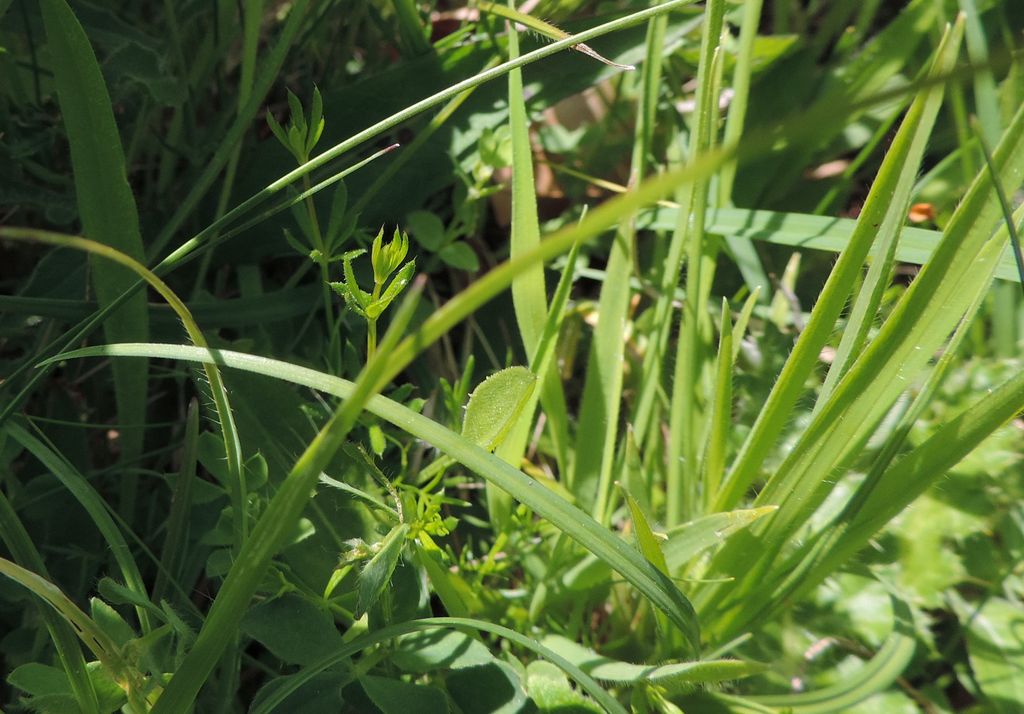
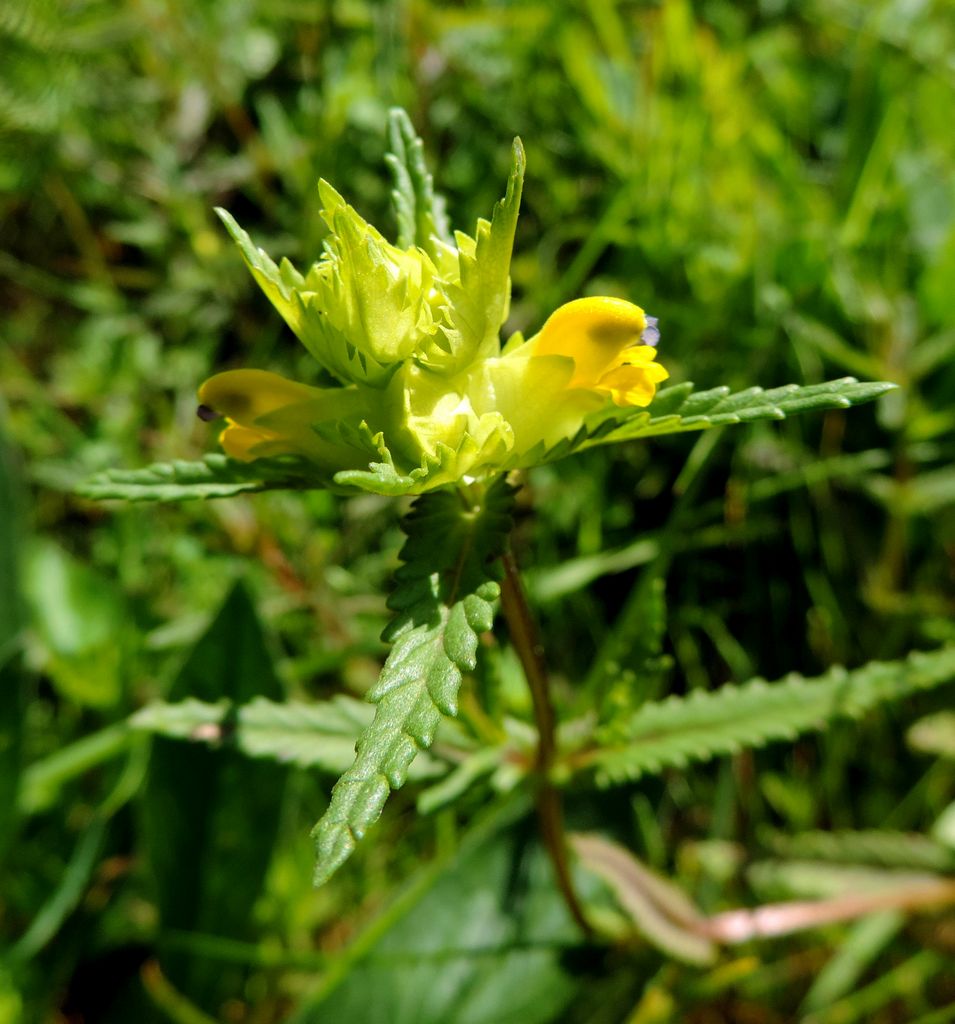
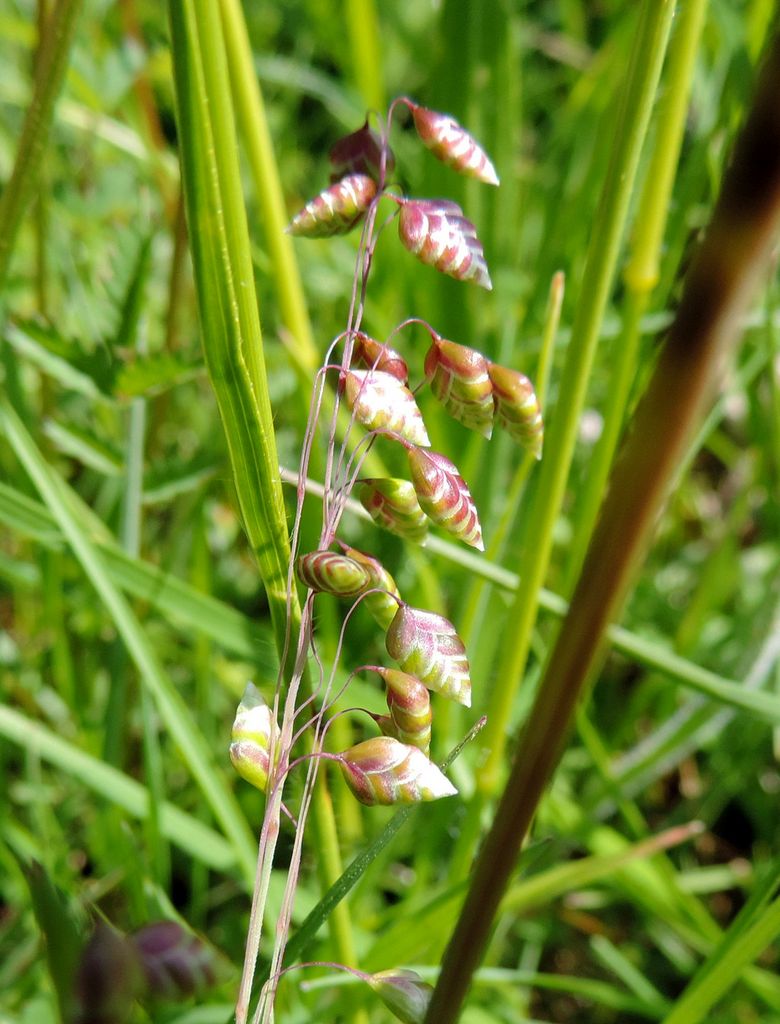
Pictures by Rob Stallard
